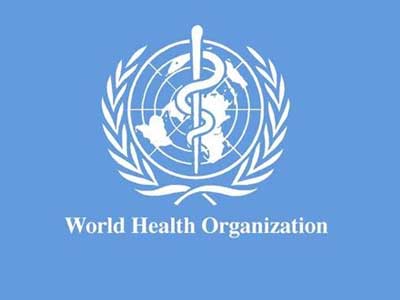- Home
- Medical news & Guidelines
- Anesthesiology
- Cardiology and CTVS
- Critical Care
- Dentistry
- Dermatology
- Diabetes and Endocrinology
- ENT
- Gastroenterology
- Medicine
- Nephrology
- Neurology
- Obstretics-Gynaecology
- Oncology
- Ophthalmology
- Orthopaedics
- Pediatrics-Neonatology
- Psychiatry
- Pulmonology
- Radiology
- Surgery
- Urology
- Laboratory Medicine
- Diet
- Nursing
- Paramedical
- Physiotherapy
- Health news
- Fact Check
- Bone Health Fact Check
- Brain Health Fact Check
- Cancer Related Fact Check
- Child Care Fact Check
- Dental and oral health fact check
- Diabetes and metabolic health fact check
- Diet and Nutrition Fact Check
- Eye and ENT Care Fact Check
- Fitness fact check
- Gut health fact check
- Heart health fact check
- Kidney health fact check
- Medical education fact check
- Men's health fact check
- Respiratory fact check
- Skin and hair care fact check
- Vaccine and Immunization fact check
- Women's health fact check
- AYUSH
- State News
- Andaman and Nicobar Islands
- Andhra Pradesh
- Arunachal Pradesh
- Assam
- Bihar
- Chandigarh
- Chattisgarh
- Dadra and Nagar Haveli
- Daman and Diu
- Delhi
- Goa
- Gujarat
- Haryana
- Himachal Pradesh
- Jammu & Kashmir
- Jharkhand
- Karnataka
- Kerala
- Ladakh
- Lakshadweep
- Madhya Pradesh
- Maharashtra
- Manipur
- Meghalaya
- Mizoram
- Nagaland
- Odisha
- Puducherry
- Punjab
- Rajasthan
- Sikkim
- Tamil Nadu
- Telangana
- Tripura
- Uttar Pradesh
- Uttrakhand
- West Bengal
- Medical Education
- Industry
Global health price tag could be 371 billion dollars a year by 2030: WHO

LONDON: Meeting life-saving global health targets by 2030 could require investments by donors and national governments of up to 58 dollar per person per year, or 371 billion dollar annually, the World Health Organization (WHO) said.
In a best case scenario of increasing investment to meet the goals, some 97 million premature deaths could be prevented between now and 2030, and up to 8.4 years of life expectancy could be added in some countries, the WHO said in report.
While most countries can afford the funds needed, the poorest nations will need donor help, it added.
The Sustainable Development Goals were adopted by the United Nations in 2015 as the world's to-do list for the next 15 years. They cover 17 goals and 169 targets aimed at creating a healthier, safer and fairer world by 2030.
"Universal health coverage is ultimately a political choice. It is the responsibility of every country and national government to pursue it," Tedros Adhanom Ghebreyesus, the WHO's Director-General, said in a statement about the report.
Entitled the "SDG Health Price Tag" and published in The Lancet Global Health journal, the report found that under an "ambitious" scenario, achieving the goals would need investments to rise from $134 billion annually now to $371 billion by 2030.
A less ambitious "progress" scenario - in which the world would get two-thirds or more of the way towards meeting the SDG targets - would need new investments to increase from $104 billion a year to $274 billion, or $41 per person, by 2030.
The report found that 85 percent of the costs could be afforded by national governments, but that 32 of the world's poorest countries would continue to need donor assistance.
High-income countries were not included, but previous research has shown they can all afford to provide universal health coverage and essential health services to their citizens.
In both scenarios explored in the WHO report, health system investments such as employing more health workers, building and operating new clinics, hospitals and laboratories, and buying medical equipment account for about 75 percent of funding needs.
Beyond that, the costs are for medicines, vaccines, syringes and other equipment used to prevent or treat specific diseases, and for activities such as training and health campaigns.


